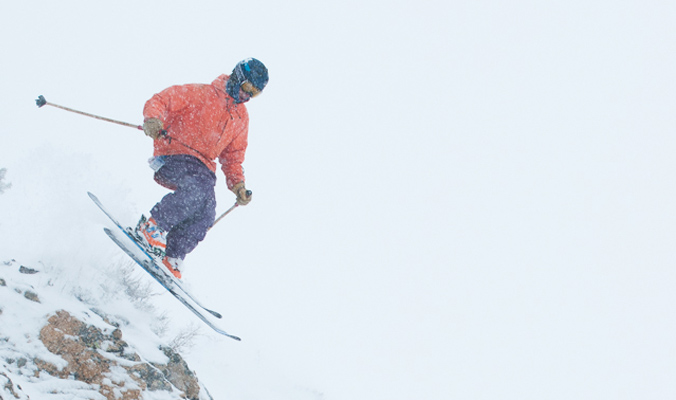A ski of traditional profile is widest at the tip, narrow underfoot and wide again at the tail. Five-point sidecut re-envisions that shape, moving the ski’s widest points closer to the binding so the shape tapers—or becomes narrower—at the tip and tail. While giving a ski greater maneuverability, this profile can also make a ski feel shorter. “Five-point sidecut creates a smaller turn radius for quicker turning, especially in the powder, and therefore makes it easier to do tricks in the powder as well,” says Jared Mazlish, founder of Fat-ypus Skis, who designed the D’Riddum and M5 with five-point sidecut.
FAT-YPUS D’RIDDUM FT
$790 – fat-ypus.com
SIZES: 188
DIMENSIONS: 143/118/138
WEIGHT: 9 lbs. (188)
FAT-YPUS M5
$790 – fat-ypus.com
SIZES: 177, 188
DIMENSIONS: 131/106/126
WEIGHT: 8 lbs. (188)













Full disclosure please.
Is this an ad or a tech-tip?
Did backcountrymagazine.com or the author, or anyone else, recieve any benefits from Fatypus skis?
It’s a tech tip—purely editorial and not advertising—meant to give a snapshot into what five-point sidecut does. Nearly every ski made by Fat-ypus utilizes five-point sidecut, so we queried them on why they do it and mention these two skis as they are reviewed in the Gear Guide.
Like all our gear coverage, we received no incentive to write about this brand. In fact, Fat-ypus is not an advertiser in the Gear Guide.
how about a history of it who did it first and what skis currently in companies lines are using it. It would also be informative to have a discussion about the shape and how rocker (morning wood/early rise) is used with these shapes. consumers on the whole are pretty in the dark especially those customers who may not have bought skis since they rocked the K2 shuksans that were wicked wide 🙂